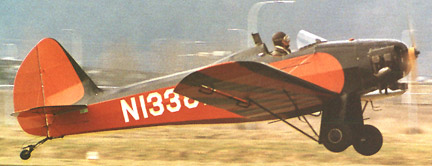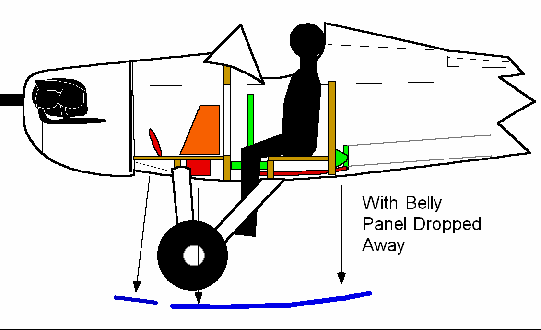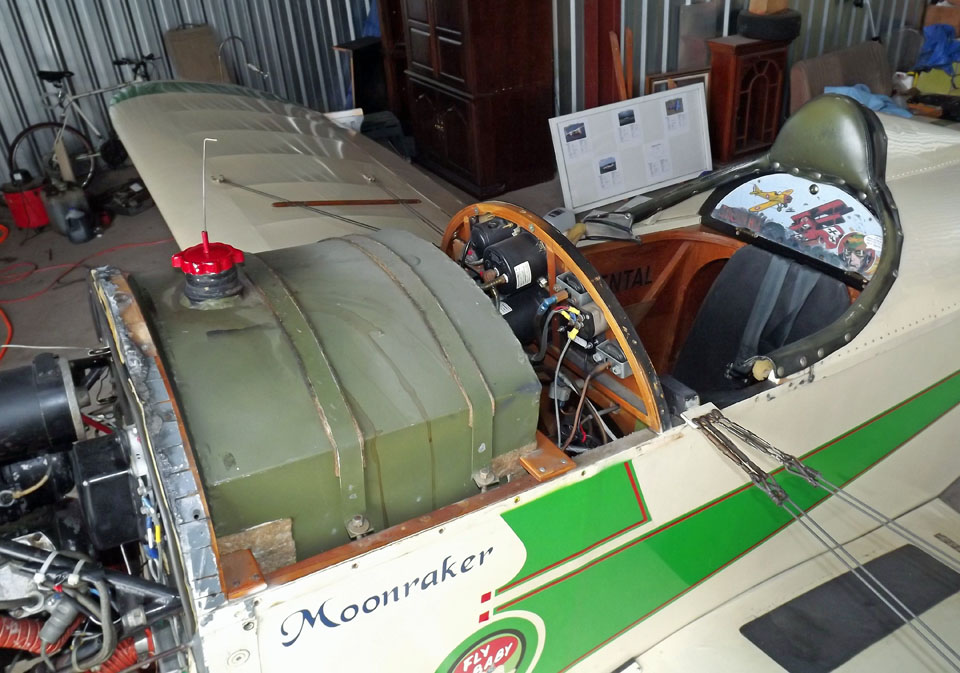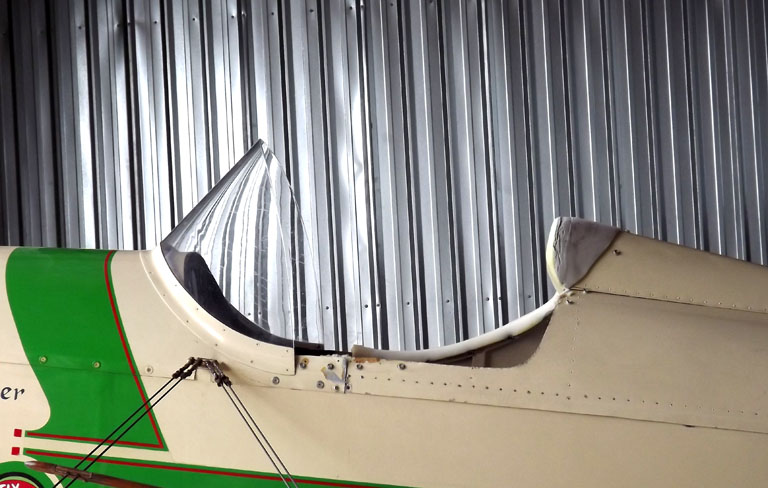I still run the Goodyears and am happy with them. The nice thing is basically everyone else has converted. So I have a box full of probably enough parts to support mine for the next two hundred years...all shipped to me by various people on the internet for free that were glad to get rid of them.
I have a web page describing how I replaced my Goodyears with Groves, and twice now, I've received an email asking if I was willing to sell the old ones or any pads. I've sold the intact one (one's cracked) and the bargain pads I got from ACS ($20 a set rather than $200; they bought out a company that had made them).
I inspect them twice a year. They're strong enough to hold the airplane at full power (if I'm on grass, not quite enough on pavement). Seems like about every two years I have to add more fluid which is a GIANT PITA because my setup has no bleeder and nowhere to really add the fluid. I can't even remember how the hell I did it last time but it took a lot of messing around with.
I'm assuming you look at the clips during your normal pre-flight. That's what almost got me, the second time, was a clip that broke.
Ah, yes, bleeding the bloody Goodyears. I would crack the brake line connection at the wheel, sit with my back against the fuselage, snake my arm up through the front bottom removable panel, and work the brake pedal by hand while watching the sputtering from the opened line. When said sputtering stopped, close off the brake line. Good times.
Otherwise, I actually liked the engineering concept of the wheel/brakes with the interlocked brake disk...you can see them in this picture:
http://www.bowersflybaby.com/tech/goodyear.jpg
Taking off the wheels was theoretically remarkably easy. Just flip up the clips (like the screwdriver is doing in the above picture) and slide the wheel off of the toothed disk. In my case, though, one of my wheels had gotten whanged or something, and it was always a struggle to get it back on. Carried a set of little wooden wedges in the airplane to be able to hold all the clips up. Other models of Goodyears had different clip systems.
I'm sure if mine locked up it'd probably scare me enough to replace them. I probably should replace them but dropping a thousand on Groves is just not something I've been willing to do since I've had no real issues and have parts. I just hope regular inspections will avoid such a thing.
In addition to the clips, there's one other thing that bugged me about the brakes, and, in fact, caused my wheel lock-up.
The brake pads sit inside a recess, and nothing holds them in there (at least on my model Goodyears, with the kidney-shaped pads). This generally works fine, as the gap between the pad-holder and the disk is tight enough that the pad can't get out of the recess. I used RTV to temporarily hold them during assembly.
However, if you let the pad get too thin, it has enough clearance to escape. If you're lucky, it escapes into the wild and you just have no brake. In my case, it actually wedged inside the wheel assembly and locked up the wheel.
Without a manual on the wheels, or any outside help (who's an expert on 40-year-old Goodyears?), I had no way of knowing this was a danger. Maybe, if I'd been landing, the forces would have crumpled the pad instead of locking the wheel. Would have been an exciting ride, though.
Happy with my Groves, but if your Goodyears are in good shape, just keep an eye on the pads and clips.
Ron Wanttaja



 This is screwing over the owner, and any decent mechanic can look at the brakes before any disassembly is required.
This is screwing over the owner, and any decent mechanic can look at the brakes before any disassembly is required. 


 Actually a good lag screw in good wood holds an incredible amount of tension. We bend 3" thick planks into shape with wood screws and they hold it there for many years. But for those wires I'd prefer a washer and nut.
Actually a good lag screw in good wood holds an incredible amount of tension. We bend 3" thick planks into shape with wood screws and they hold it there for many years. But for those wires I'd prefer a washer and nut.